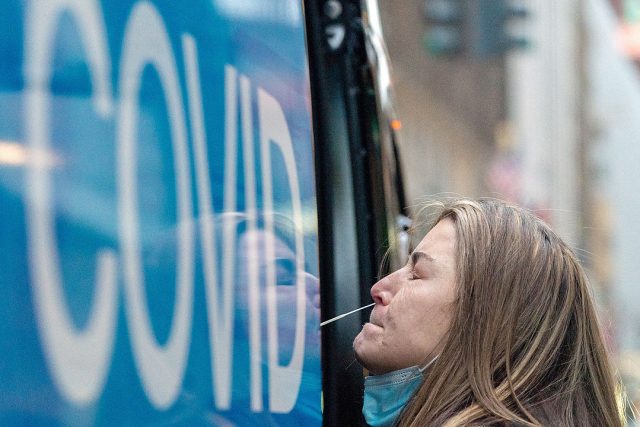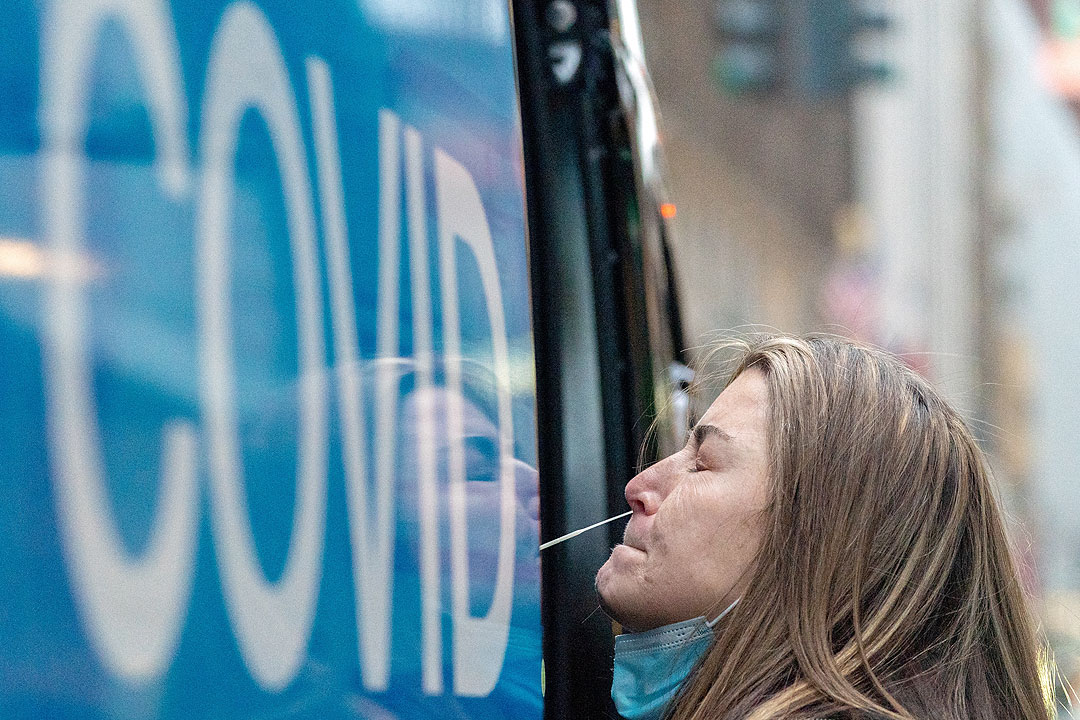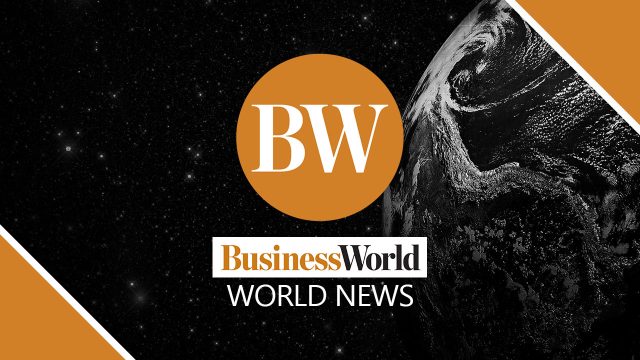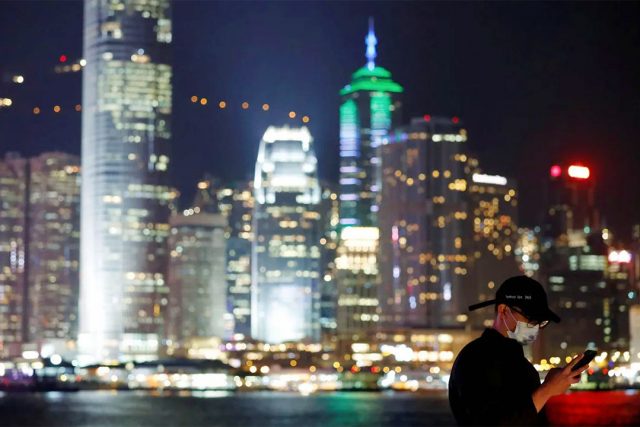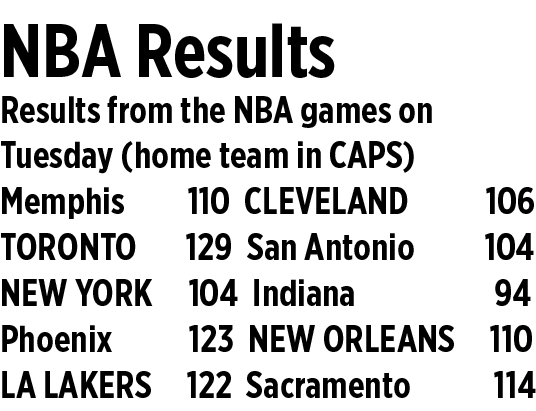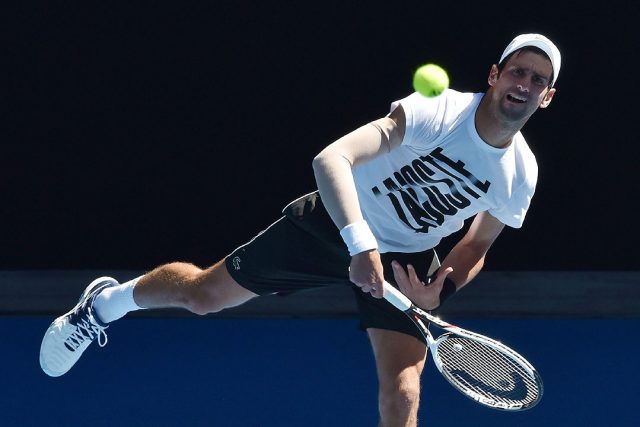And the spinning goes on
In 1933, Adolf Hitler became Chancellor of Germany. A few years later, he had become an absolute dictator of extraordinary brutality. Consumed by and obsessed with his belief in Aryan supremacy, he led his country into the second World War in 1939 by invading neighboring territories. His occupation of other countries signaled the start of World War II in Europe.
Germany’s incursions into other territories, was preceded by establishing an iron grip over his country and the massacre of Jews and opposition to his dictatorship. Part of the scheme was to set up a spy network of unusual brutality that backed up a propaganda infrastructure. What propaganda failed to do in terms of capturing the hearts and minds and other parts of the human anatomy, the secret police came in to either “further convince” the hard-headed democrats or progressives and intellectuals. If the attempts to indoctrinate the “unbeliever” failed, one bullet through the head or the heart did the job.
Such was life in Nazi Germany, which found time to host the 1936 Berlin Olympics to demonstrate to the world in the concrete, Aryan Supremacy. Black American athlete Jesse Owens spoiled all that during the athletics/track and field events, the centerpiece of any Olympics or Olympic-type multi-sport event. Hitler had, however, worked his subjects into a frenzy, getting them to believe in the German destiny of unlimited conquest.
Alarmed by the ominous events in Europe and committed to the ideals of freedom and democracy, a number of Americans set up the Institute for Propaganda Analysis (IPA) in 1936. The IPA’s purpose was “to spark rational thinking and provide a guide to help the public have well-informed discussions on current issues, to teach people how to think [rather] than what to think.” The IPA focused on domestic propaganda issues that might become possible threats to the democratic way of life.
IPA was comprised of social scientists, opinion leaders, educators, and journalists. The IPA was created by, among others, Edward A. Filene, an American businessman who pioneered in credit unions, and Clyde Raymond Miller, an associate professor of education at Teacher’s College at Columbia University. Filene, Miller, and others, initiated the establishment of IPA “because of the general concern that increased amounts of propaganda were decreasing the public’s ability to think critically.” The IPA’s purpose, stated another way, was “to spark rational thinking and provide a guide to help the public have well informed discussions on current issues.”
For all intents and purposes, the IPA’s aim was to counter Nazism and its super-efficient, well-organized, and well-funded propaganda infrastructure that controlled all media and communications outlets in Germany. The IPA stood for democracy and freedom and pledged to fight Nazism, Communism, rightist extremists disguised as conservative anticommunists who intend to eventually seize the freedoms and rights of people. These elements would eventually shut down the institutions that ironically enabled these conservatives to take full control of government in the name of their fierce anticommunist position.
That IPA era in the late 1930s in the US could very well be mirrored in our present situation as a country. Propaganda, mainly through free-wheeling social media where people express themselves freely, promotes hate, anger, and division employing election-type propaganda tactics. These same tactics have long found their way into the different social media platforms.
Some are of the belief that propaganda is acceptable so long as it contains true and correct information. Others say that propaganda that claims to contain true and correct information is an oxymoron. The essence or nature of propaganda work is to consciously, deliberately, and repeatedly propagate and proliferate among as wide an audience as possible, misleading and one-sided information that are essentially half-truths. Its purpose is to get people to believe in the cause of the purveyor of propaganda.
Propagandizing is the work of PR agents and so-called influencers, especially during elections.
The work of propagandists is, however, not confined to elections, as we all know. Advertising is propaganda, although the advertising industry does a lot of self-regulation together with consumer groups and lawmakers resulting in laws promoting “truth in advertising” and a code of ethics. Such is not the case however in today’s freewheeling society that is fed with falsehoods, anger, hate, and revisionism by individuals who have suddenly found themselves in possession of platforms that do not issue strict editorial guidelines, codes, and rules of ethics and conduct. The lack of guidelines is, in effect, a license to vilify others with whom one does not agree. You see a lot of opinions which have no basis in fact. Statements without any kind of documented facts overwhelm sworn statements and affidavits simply because the later requires one to think in order to comprehend. These statements are uttered loudly and over wide audiences which are already biased to begin with.
Those of us who observe the work of propagandists and spin masters affirm the following propaganda techniques identified by Filene.
One of these techniques is declaration or assertion. Filene says that an assertion is an enthusiastic or energetic statement presented as fact: e.g., Martial Law years were the golden years of economic development; this particular sector of society has been traditionally neglected and exploited; the Aryan race is the supreme race. It is often “implied that such statements need no further back up with facts and should be merely accepted without question.”
Creation of the bandwagon effect is standard in any propaganda and advertising campaign. It is essentially an appeal to join the crowd because everyone is there and you’ll be left out if you don’t hook up with the mob.
One curious technique that Filene and others who continuously monitored propaganda saw, is the use of “Glittering Generalities” or “Motherhood Statements.” The use of such statements is really an appeal to pleasant and positive feelings like, “fight for flag and country,” “defend freedom and democracy.” When a person is asked or urged to do something like fighting for the honor of one’s country, people are likely to agree since these concepts are valuable constructs.
A choice between the lesser of two evils or the least among the many evils is always foisted on the electorate during elections. It tries to highlight the fact that people are faced with very difficult choices and a dilemmatic situation. Candidates with a lot of baggage will portray their adversaries as having the same or even more serious flaws, resulting in a choice between the lesser of evils.
While there are other techniques, we now deal with one of the lowest forms of propagandizing — name calling which comes usually in the form of ridicule. An opponent is associated with some concept or idea that the public dislikes, like being an opportunist.
As we start the new year and as the political campaign goes into higher gear, watch out for the use of these techniques. If you want however, a different menu altogether from political campaigning, observe closely how various issues are being presented to the public by mind benders and spin masters.
Philip Ella Juico’s areas of interest include the protection and promotion of democracy, free markets, sustainable development, social responsibility and sports as a tool for social development. He obtained his doctorate in business at De La Salle University. Dr. Juico served as secretary of Agrarian Reform during the Corazon C. Aquino administration.



